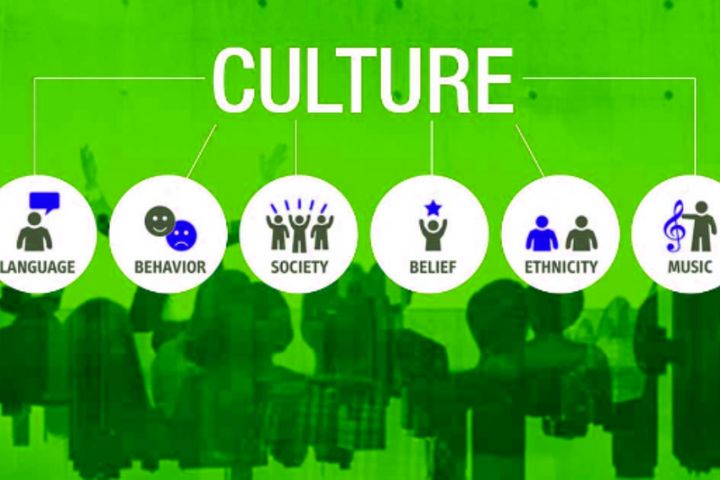Culture Shock : Mergers and acquisitions are more frequent than ever. In fact, they are already a common phenomenon for many employees. According to Mergerstat, roughly one in three employees is expected to face a merger or acquisition in their working life.
But many of these mergers do not work as expected. In fact, it seems that 30% of mergers fail before the first year, and the rest, up to 55%… shortly after.
After the first wave of mergers, all efforts were focused on analyzing the strategic, financial, and operational aspects of a merger. However, when it became clear that the synergies calculated from a financial or operational point of view did not materialize, the “human side” of mergers began to be looked at as the potential cause of failure; “Excel is not necessarily reality.”
When two companies decide to merge and integrate their operations, all patterns of interaction are profoundly affected: organizational structures, reporting lines, decision making, accountability, who does what…
And what about the people facing this transition? Their aspirations and expectations are also affected. The rules change, and uncertainty arrives. What happens to commitment, satisfaction, absenteeism, stress, and performance…?
Merger partners not only have different goals, but also different perceptions of reality. Not only conflicts arise about how to face the future, strategy, operations, and day-to-day. Conflicts also arise about how to resolve the conflict itself. In each step, the conflict is implicit.
All this has been labeled under different terms: ‘culture shock’, ‘us against them, ‘dynamics of mistrust’. But what is hidden behind these labels?
Table of Contents
What Do I Talk About When I Talk About Culture?
Well, “ it is the degree to which the members of an organization share beliefs about the best way to do something ”. It is short, simple, and operational and allows one to identify the causes that explain what happens after a merger.
Regardless of how these beliefs were created, we are interested in determining what their effects are. The challenge is to identify how an organization resulting from the merger of two groups that are internally homogeneous but different in terms of beliefs will behave.
What Is Culture Shock?
A good part of the behavior of the members of an organization is not directed by explicit norms. It is the employee himself who improvises according to the existence of certain beliefs and values that guide behavior in the absence of rules. That is to say, in the absence of explicit norms, it is the beliefs that guide the action. In organizations with strong cultures (greater homogeneity), this leads to higher levels of trust in the behavior of “the others”.
What occurs after the integration of two organizations with different levels of homogeneity is the loss of trust in the behavior of others in the absence of norms. This is culture shock.
The Effects Of Culture Shock.
The following list is not exhaustive, but it responds fairly closely to our experience in integrating organizations. The effects of culture in a combination of organizations are specified in the following aspects:
- Delegation and monitoring.
- Motivation.
- Decision making.
- Experimentation and assumption of risks.
- Coordination.
- Politics.
- Communication.
- Delegation and monitoring.
Delegating is essentially a decision between losing personal control over an issue and having the most appropriate person on that issue. The cost of delegating comes from the existence of different beliefs about how things should be done. In the face of divergence of beliefs, the person being delegated may decide on different courses of action than one would choose for oneself.
In addition, the boss will prefer to delegate important activities to employees with similar beliefs (similar culture) who will surely be those who come from his own organization.
Motivation and Commitment.
In this context, when after a merger of two organizations decisions have to be made about courses of action, and it is expected that there will be members of the organization who disagree and feel that the wrong path is being taken.
Given the existence of heterogeneity, the probability of generating dissatisfaction in decision-making increases. And this affects my personal perception of the usefulness of belonging to this organization.
Therefore, it is expected that the levels of motivation and commitment drop after the merger. The organization will tend to seek homogeneity by attracting people with similar beliefs to decision centers. This ends up making the fusion difficult, generating two homogeneous groups (bands), but with different beliefs between them. Internal selection processes will be set in motion aimed at filtering people by virtue of their beliefs (culture) and therefore based on their highest levels of predictability.
Decision making.
A fundamental advantage of the existence of disparate beliefs (which generates open disagreement) is that the organization begins to invest more effort in activities aimed at “convincing” others about our own preferences. These types of activities produce a greater amount of data search, analysis, and, in general, argumentative presentations that seek to demonstrate that “my beliefs are more accurate than yours.”
This generates two effects:
- The beneficial effect is that decisions will be made with more information and higher levels of analysis.
- On the other hand, purely argumentative activities (“who cares about the truth”) that delay and complicate decisions will increase.
Therefore, it is expected that decisions become more complicated after merging into heterogeneous decision groups. On the one hand, this benefits the depth of the analysis and data contributed to the decision. On the other hand, it makes the decision process difficult since what is put into play every time is “my belief system” that must be defended.
Experimentation and assumption of risks.
Experimentation consists of trying different courses of action and learning about the results of each of them. The expected effects of cultural heterogeneity on experimentation are not clear.
However, in our experience, the levels of experimentation decrease, thereby confirming the tendency towards homogenization of the resulting organization.
Also Read : Gamification
